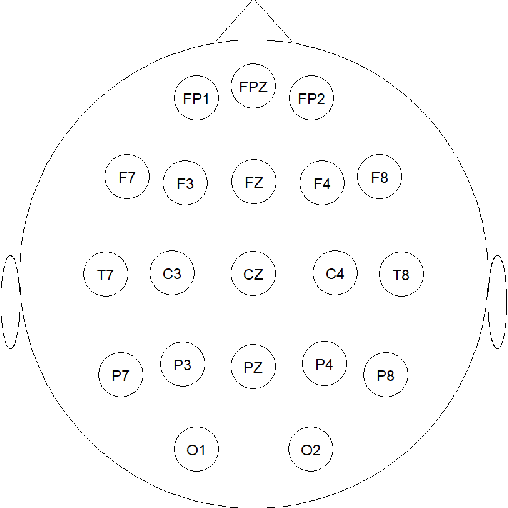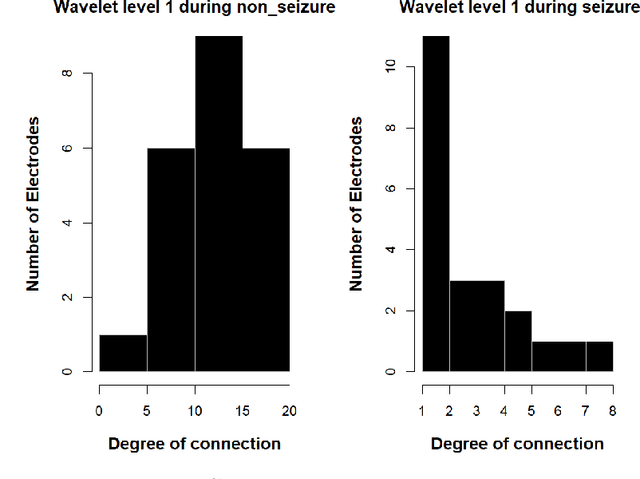EEG Signal Processing using Wavelets for Accurate Seizure Detection through Cost Sensitive Data Mining
Paper and Code
Sep 22, 2021



Epilepsy is one of the most common and yet diverse set of chronic neurological disorders. This excessive or synchronous neuronal activity is termed seizure. Electroencephalogram signal processing plays a significant role in detection and prediction of epileptic seizures. In this paper we introduce an approach that relies upon the properties of wavelets for seizure detection. We utilise the Maximum Overlap Discrete Wavelet Transform which enables us to reduce signal noise Then from the variance exhibited in wavelet coefficients we develop connectivity and communication efficiency between the electrodes as these properties differ significantly during a seizure period in comparison to a non-seizure period. We use basic statistical parameters derived from the reconstructed noise reduced signal, electrode connectivity and the efficiency of information transfer to build the attribute space. We have utilised data that are publicly available to test our method that is found to be significantly better than some existing approaches.
 Add to Chrome
Add to Chrome Add to Firefox
Add to Firefox Add to Edge
Add to Edge